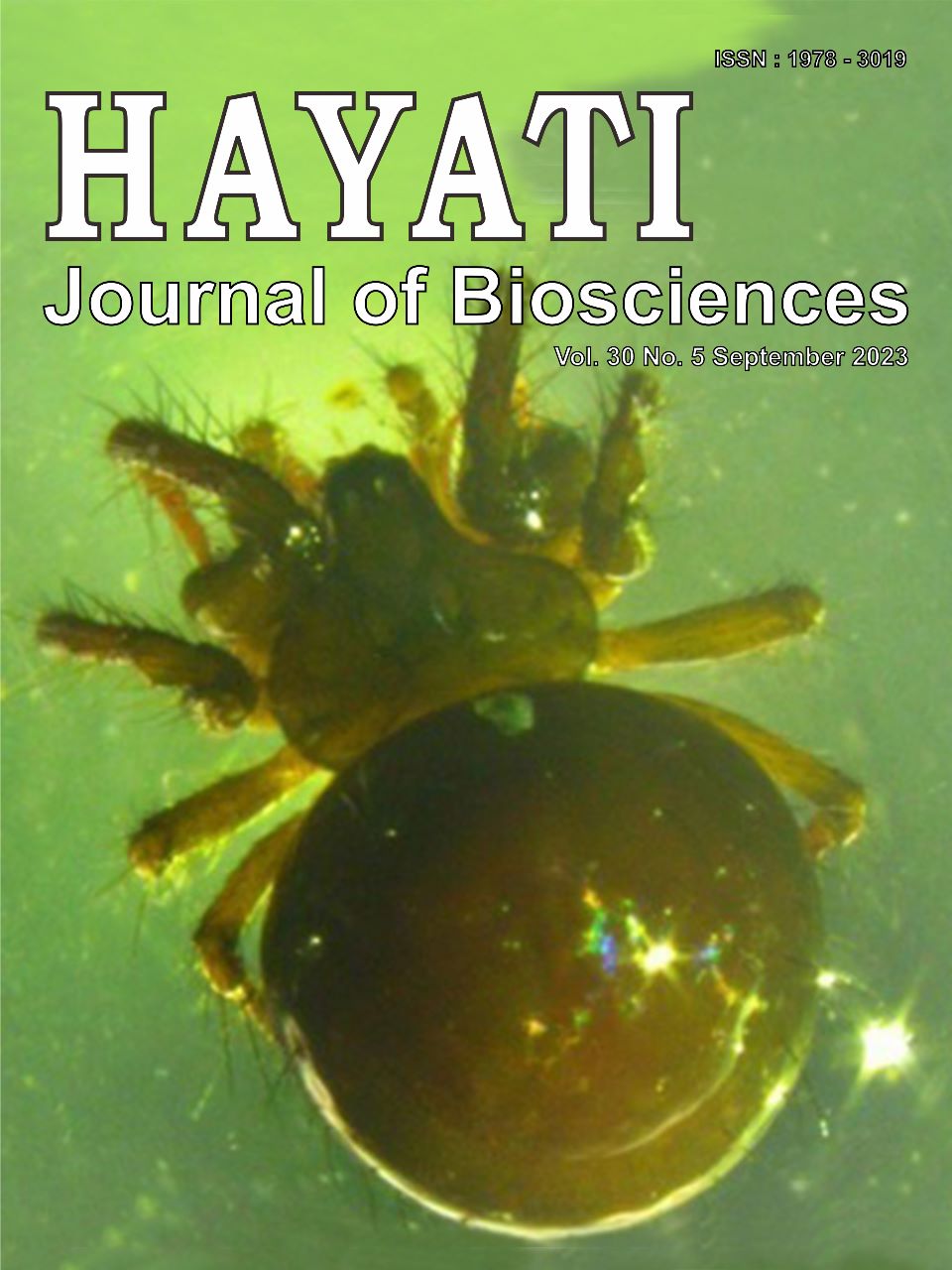Development of DNA Extraction Method for Forensics Studies of Preserved Hair and Skin Samples from Sumatran Tiger (Panthera tigris sumatrae, Pocock 1929)
DOI:
https://doi.org/10.4308/hjb.30.5.816-824Abstract
Poaching and illegal wildlife trade present severe threats to the Sumatran tiger. The high demand for tiger body parts leads to a high number of imitations in illegal markets, complicating the morphological identification of any confiscation cases. Accurate identification is essential in legal due process, given that the national protection law only regulates Indonesia's native species. Identification using molecular approaches may overcome the problem. However, most illegally traded tiger body parts have been preserved for an extended period of time, reducing the quantity and quality of the recovered DNA. This study aimed to develop a fast and effective method to recover DNA from preserved forensic samples. The methods had been tested with several museum samples of arsenic-treated hairs and a tiger skin piece obtained from the National Research and Innovation Agency (BRIN, formerly LIPI), tiger hairs obtained from Conservation of Natural Resources Agency (BKSDA) of Bengkulu Province, and a confiscated tiger skin sample from BKSDA Aceh. The DNA was extracted using ion-exchange, salting out, and protease-based methods. The results showed that the protease-based extraction outperformed the others to yield applicable DNA isolates for PCR-based species identification by Cyt b and ND2 mtDNA partial genes from preserved samples. However, further works are still needed to recover sufficient DNA yields for sex identification.
Downloads
Downloads
Published
Issue
Section
License
HAYATI J Biosci is an open access journal and the article's license is CC-BY-NC. This license lets others distribute, remix, tweak, and build upon author's work, as long as they credit the original creation. Authors retain copyright and grant the journal/publisher non exclusive publishing rights with the work simultaneously licensed under a https://creativecommons.org/






















.png) Bogor Agricultural University
Bogor Agricultural University Department of Biology
Department of Biology The Indonesian Biological Society
The Indonesian Biological Society 

